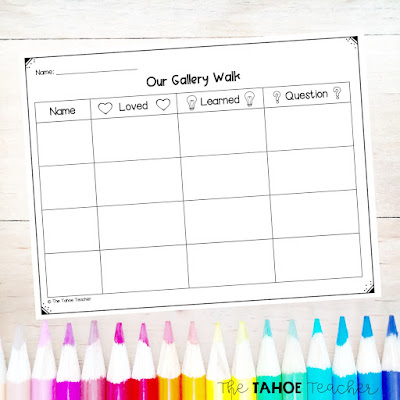Inquiry-Based Learning in First and Second Grade
Hey, y’all! Welcome back for more of our inquiry-based learning series! Today, we’re looking into how to structure inquiry-based learning in first and second grades. Inquiry in grades one and two are the sweet spot—it’s still really hands on but also, they know how to write and (mostly) read.
Like with preschool and kindergarten, we choose an overall “theme” that we’re focusing on (animals, habitats, forests, etc.), then determine which standards we want to hit during this unit. So, for forests, we could talk about plants needs and how those needs vary between different species of plants (trees in the rainforest need more water than trees in the arctic). We could hit on habitats—animals in the rainforest versus in a temperate forest versus a boreal forest. We could talk about animal adaptations, food chains or webs, geography, and more.
So, step one is choosing a topic. Step two is narrowing in on the topics you want to cover. And step three is setting up for students in a way that they can access.
For first and second graders, I create either a digital learning plan that I share with them in Google Classroom or a printable learning plan full of pictures to help support their comprehension. For more information on learning plans, check out this blog post.
For primary grade students, our focus is pretty black and white. We do a lot of sorting (types of animals or plants, types of forests, good and bad choices, etc.) and describing the characteristics of each thing.
Inquiry units at this age are pretty guided. We’ll focus on one section of our exploration at a time. So, we’re all learning about temperate forests at the same time, or oviparous animals, or the color wheel, or whatever. I guide them through the explorations while still giving them a choice of HOW they’re learning it. They could choose to watch a video, read a book online, read a physical book, study a chart, or whatever our options are. But guiding the inquiry with younger students helps them make connections and keep all their new learning together in their heads.
Bigger kids mean more advanced topics than what they learned in kindergarten and pre-k. While I love to make things as hands-on as possible, I can’t always bring in a kangaroo when we’re learning about marsupial animals or take them on a field trip to the rainforest, but I can hook them up with some pretty cool virtual field trips and other resources.
Inquiry-based learning units in primary grades have fairly simple guiding questions: What kinds of plants and animals could I find in this habitat? What makes each kind of forest unique? What kinds of patterns could I find in nature? These types of questions offer solid, tangible answers. From here, we can build into more advanced questions in the upper grades.
At this age, I let students draw and/or write their answers on their research pages. At the beginning of first grade, I model how to draw and label what I found during our inquiries. As they become better readers, I encourage them to phase out the drawings and add more words. By second grade, I expect most of them to write their findings down and only really draw if they’re making a diagram or something.
Students keep all their research notes in a folder so that they can refer back to them. At the end of the unit, they present their learning either through an informational book they write, a poster they create, a diorama, a Google Slides presentation, or whatever you and your students are comfortable with. We do a gallery walk where students showcase what they learned and can check out everyone else’s learning. The kids, families, and admin love these! And they’re so easy. It’s a great boost to the kids’ confidence as independent learners.
I hope this helps to get the wheels turning in your mind about how to make your primary grade classroom more student-centered, hands-on, and inquiry-based. If you have any questions or want to bounce around ideas, shoot me a message and we can figure out your next inquiry-based learning unit for your classroom.
Thanks for stopping by and have a wonderful week. I’ll talk to you soon.
Stay cozy,






No comments
Post a Comment